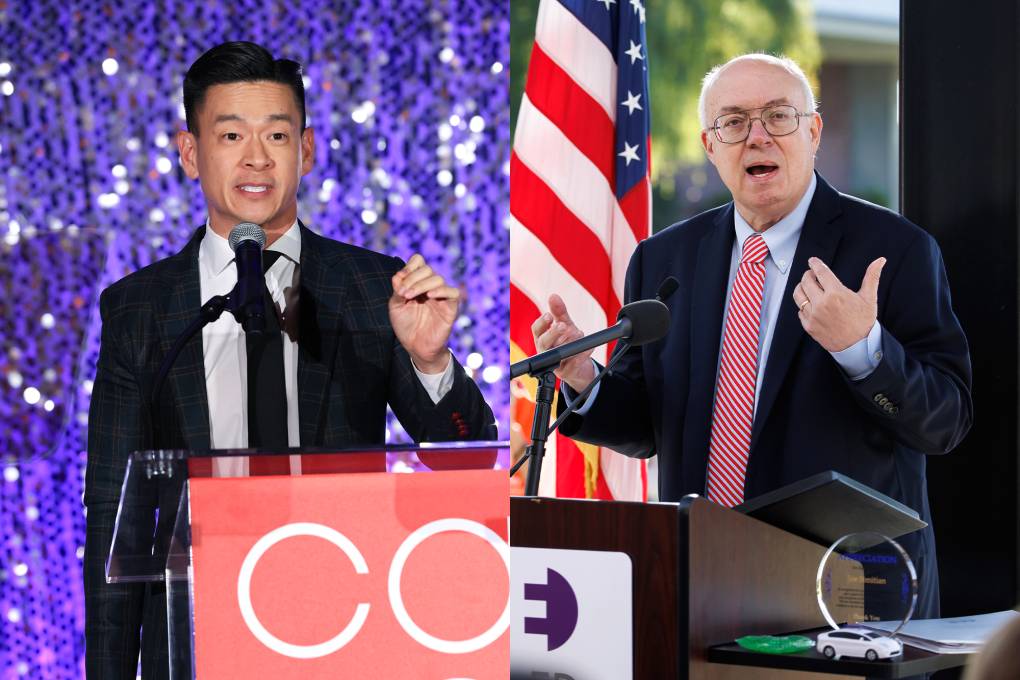With results certified last week, any voter has until Tuesday to request a recount. But the costs could be prohibitive: A full manual recount in Santa Clara County could cost more than $300,000, while a new count in San Mateo County could easily top $100,000. And for Simitian and Low, there is little incentive to roll the dice on a count that could go in the other candidate’s favor.
“I would say obviously don’t ask for a recount, just accept that you’re on the ballot,” said Merrill. “You want to be on and you’re on.”
Instead, the campaigns are likely to turn their attention to raising money ahead of a key July 15 mid-year filing deadline. In the primary, the 11 candidates combined to spend $5.6 million through Feb. 14 — flooding mailboxes from Pacifica to Los Gatos and placing pricey television ads in prime broadcast slots.
Liccardo begins the general election campaign with a hefty war chest. His campaign reported $1.2 million on hand in mid-February, and former New York Mayor Michael Bloomberg threw $500,000 into a super PAC in support of his candidacy. Liccardo, the business-friendly former leader of the district’s largest city, bested Low and Simitian by nearly five percentage points in the primary and could be the most palatable general election option for voters who cast a ballot for a Republican in the primary.
“Clearly Liccardo is the front-runner,” said Merrill. “Do Low and Simitian tag team against Liccardo, to knock him down? And then, hope to knock him down enough that they can vie for the number one spot?”
In the primary, Low won the backing of organized labor and benefited from outside spending on his behalf from a political group largely funded by PG&E. He has targeted a younger and more progressive slice of the electorate and could be bolstered by an increased turnout among those voters in the fall.
Political strategist Brian Parvizshahi said he expects more than 300,000 voters could turn out in the general election, compared to the 182,135 who cast ballots in the primary.
“Seeing how you’re able to get your message out and mobilize those additional 130,000 new voters will be critical,” Parvizshahi said. “Especially some of these younger and lower-to-moderate propensity voters.”

